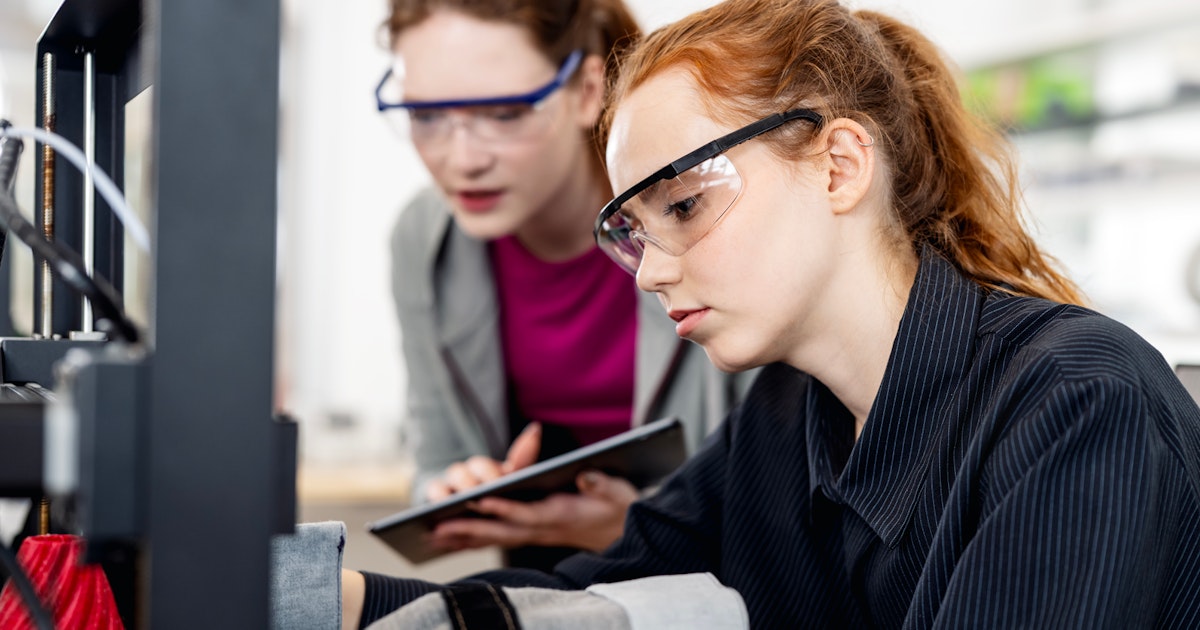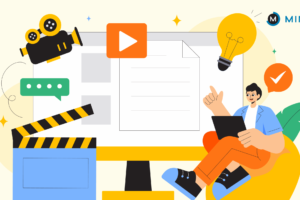
The Classroom-to-Career Connection | U.S. Chamber of Commerce Foundation
Neither students nor employers are satisfied with the state of high school education. Recent research finds that more than 70% of recent high school graduates feel only moderately, slightly, or not at all prepared for the next step, and 54% of students say their school does a poor job connecting what they learn to the real world. On the employer side, 27% of hiring managers say they would avoid hiring Gen Z workers if given the choice.
Yet, both sides want to improve the current situation. Seventy-four percent of high school graduates said they want to learn skills that prepare them for jobs that will be in demand in the future, and 81% of employers believe they should look at skills rather than requiring postsecondary degrees in the hiring process. So, what’s the solution?
Career-connected learning can help bridge the gap between academic learning and technical skills through career exploration and work-based learning opportunities.
It’s common nowadays for high schools to offer some element of career-connected learning. The majority of recent graduates (85%) report taking at least one career and technical education course while in high school. However, it’s less common for students to experience comprehensive programming that allows them to hone a specific skillset and build bridges to their next step.
Developing a System That Works for Learners
Township High School District (HSD) 214 in Cook County, Illinois, is one exceptional example. Led by Associate Superintendent Dr. Lazaro Lopez, District 214 has redesigned the high school experience so that work-based learning is embedded throughout the students’ four years of high school, and core academic requirements each align with career pathways. For example, a student interested in construction management may take Geometry in Construction to satisfy the state’s requirement for one unit of geometry. The student can also take college-level math and composition courses and complete an apprenticeship in construction. By the time they graduate, they may have earned an industry-recognized credential or 15 college credit hours that are guaranteed to transfer to two nearby universities.
But school districts like HSD 214 are rare, and these efforts require significant time and resources, not to mention dedicated and consistent leadership, to understand how to blend funding streams and creatively meet state requirements and implement with fidelity. Given this reality, community leaders and external partners can support districts in offering career exploration and development opportunities.
The U.S. Chamber of Commerce Foundation’s Employer Provided Innovation Challenges (EPIC) initiative is an example of how the business community can support career-connected learning. Businesses propose real-world problems they face, and teams of students work to address those challenges and develop career-ready skills and knowledge. Chambers of commerce serve as clearinghouses or host organizations, connecting the local employers who develop the challenges, and education and workforce partners who organize the teams that participate in them.
Schools can also explore virtual career-connected learning resources, exposing students to pathways without leaving the school building. For example, Discovery Education provides virtual field trips and other career exploration opportunities to immerse students in various career pathways through their Career Connect program. “Bridging that gap from education to industry is something that we all need to be working on – every company, every school, every teacher, and every volunteer,” said Ragnar von Schiber, director of employee and community engagement at Genentech. “Career Connect is a resource that really helps us collaborate to make that happen.”
There is rarely a consensus on how to improve education, but in this instance, students, business, and the community are largely in agreement on career-connected learning. Career and Technical Education (CTE) is one example of career-connected learning and has led to increased engagement in school, higher grades, and higher graduation rates. Students report more enthusiasm for attending school and agency in their future when they participate in these programs.
Making the Connections That Build a Future Workforce
For the business community, this is an investment in their workforce and outcomes. EPIC delivers fresh ideas on perennial problems to businesses from AT&T in Pennsylvania to Blue Heron Farm in Atlanta. Bringing in students allows for outside-the-box thinking, leading to unique solutions and the eagerness to help implement them. From the community side, improved business performance and educational attainment are the selling points. These programs build mutually beneficial relationships between generations and grow local talent to produce long-term benefits. Nearly 70%of young adults live in the community in which they grew up. Employers’ investment in career exploration and readiness programming with their local schools pays off through a stronger workforce and connected community.
Ultimately, the question becomes: Today’s high school students are tomorrow’s entry-level employees. Why wait until they’re out of school to get them ready for the next step?
About the author

Kyle Butler
Kyle Butler is senior manager of K-12 education programs at the U.S. Chamber of Commerce Foundation.
Source link



